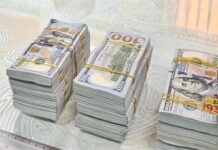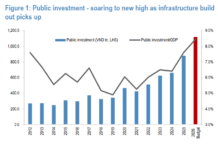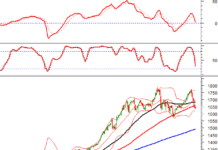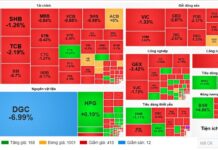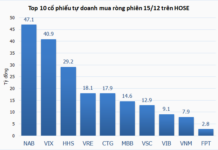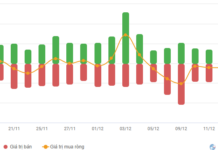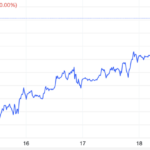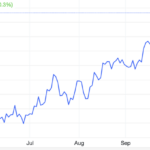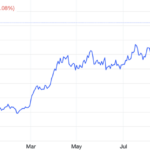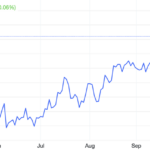Gold prices in Vietnam surged to near VND 89 million per tael, the highest in history. Specifically, DOJI Group listed the price at VND 87.95-88.95 million per tael, while Bao Tin Minh Chau applied a rate of VND 87.48-88.98 million per tael. SJC and PNJ traded the precious metal at VND 87.0-88.6 million and VND 87.6-88.9 million per tael, respectively.
SJC gold price remained unchanged, staying at VND 87.0-89.0 million per tael.
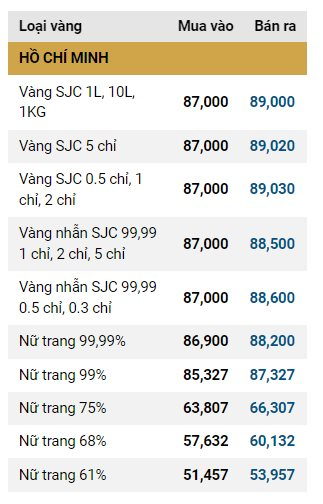
In the international market, gold prices plunged by more than $40 per ounce to $2,715 per ounce on the night of October 23. By the morning of October 24, the spot gold price had slightly recovered to $2,724 per ounce.
When converted according to the VND/USD exchange rate, the world gold price is currently equivalent to about VND 83.5 million per tael, excluding taxes and fees.
The decrease in gold prices followed the release of data on the US housing market for September. According to the National Association of Realtors (NAR), existing home sales, including single-family homes, townhouses, condominiums, and co-ops, decreased by 1.0% to a seasonally adjusted rate of 3.84 million in September. This figure was better than expected, as economists had forecast a 1.3% decline to 3.80 million. The total sales for August were also adjusted upward to 3.88 million from the previously reported 3.86 million. Compared to the same period last year, sales were down 3.5% year-over-year.
Gold is often seen as a safe-haven asset during economic uncertainty. When there are signs of economic recession or instability, investors tend to flock to gold to protect their wealth. However, the latest data from NAR showed that existing-home sales only dropped by 1.0%, which was less than the predicted decline of 1.3%. Additionally, the upward adjustment in August sales indicated a more positive trend in the housing market. These signals bolstered confidence that the US economy remains stable and resilient.
Moreover, declining mortgage rates, continued job creation, and increasing housing inventory suggested a certain level of economic growth, reducing the demand for gold. Typically, low-interest rates encourage investment and consumption, leading to economic growth. They also make gold less attractive as an investment option since it does not generate interest, prompting investors to favor assets with higher returns, such as stocks or bonds.
The increase in housing inventory and signs of decelerating home price growth were also significant factors. As home prices become more affordable, consumers can more easily enter the housing market, stimulating the economy. A vibrant real estate sector can spread positive sentiment, easing investors’ concerns about the economy and reducing the demand for safe-haven assets like gold.
Beyond the economic data, the drop in gold prices could also be attributed to profit-taking by investors, following the metal’s consecutive peaks in the past few weeks. Experts noted that despite the sharp correction, gold prices remained above the $2,700 per ounce level, supported by long-term factors such as geopolitical tensions and the series of interest rate cuts by central banks.
An Unstoppable Rally: Gold Price Surges Past $2,700/oz for the First Time
This week, the international gold price surged, resulting in a significant increase of 3.2 million VND per tael in converted value. This substantial rise can be attributed to two primary factors: a robust escalation in global gold prices and a considerable strengthening of the USD/VND exchange rate.
Gold Prices Surge Despite the US Dollar Peaking at a 10-Week High
The greenback hit a 10-week high as expectations for a substantial Federal Reserve rate cut at its November meeting faded, while the European Central Bank is expected to deliver a rate cut on Thursday.
Gold Prices Fall for Sixth Straight Session as Dollar Climbs
A forecast predicts that gold prices could dip to the $2,500/oz region in the coming months, but it’s expected to remain elevated through 2025.







